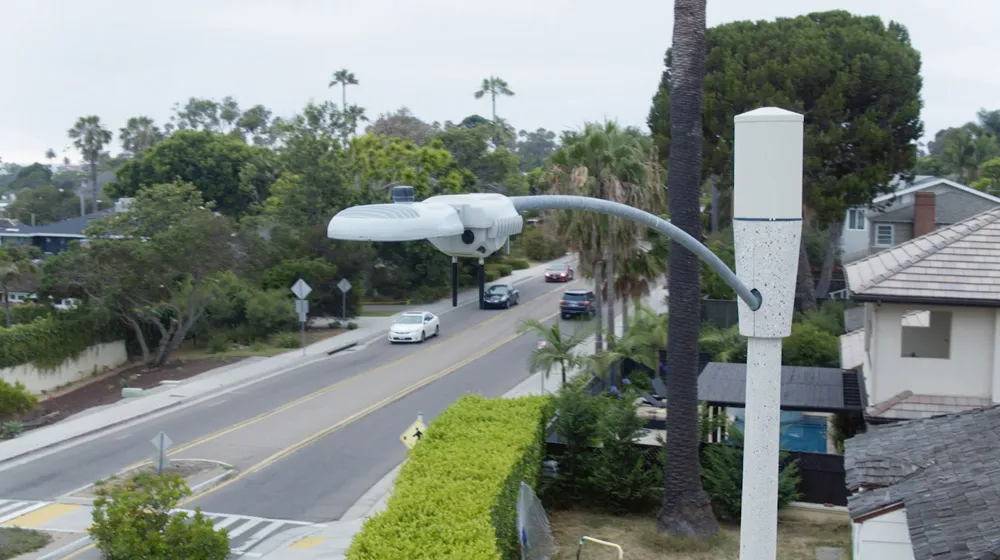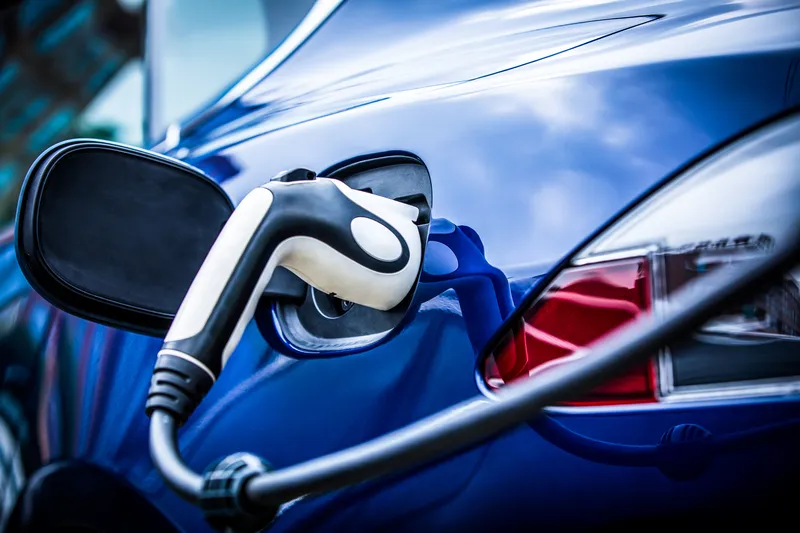New guidance from the BRE National Solar Centre shows how car park owners can maximise the economic and environmental performance of their assets by deploying photovoltaic (PV) technologies. The guide gives details on selecting the best sites, how to tap into various revenue streams and how to develop a strong and effective business case for solar investment. A number of design concepts and considerations are set out in detail and the guide is accompanied by a financial model.
March 18, 2016
Read time: 1 min
New guidance from the BRE National Solar Centre shows how car park owners can maximise the economic and environmental performance of their assets by deploying photovoltaic (PV) technologies.
The guide gives details on selecting the best sites, how to tap into various revenue streams and how to develop a strong and effective business case for solar investment. A number of design concepts and considerations are set out in detail and the guide is accompanied by a financial model.
The guide gives details on selecting the best sites, how to tap into various revenue streams and how to develop a strong and effective business case for solar investment. A number of design concepts and considerations are set out in detail and the guide is accompanied by a financial model.










